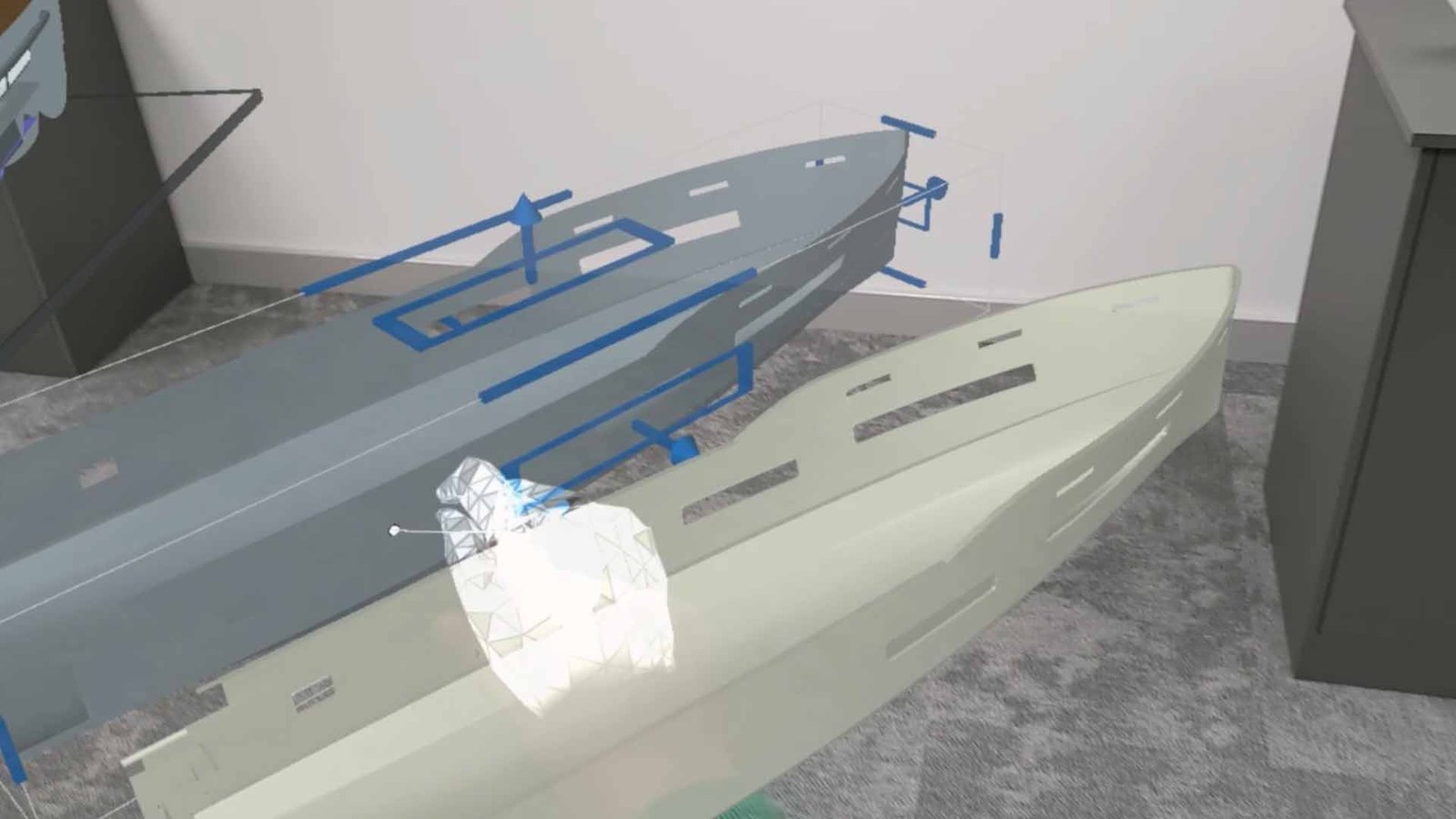In the dynamic landscape of shipbuilding, the integration of cutting-edge technologies has become imperative to overcome longstanding challenges and drive innovation. However, Extended Reality (XR) – an umbrella term encompassing Augmented Reality (AR), Mixed Reality (MR), and Virtual Reality (VR) – is reshaping the shipbuilding industry, addressing critical issues, and unlocking new possibilities.
Watch the full webinar: How Can XR Technology Be Used in Shipbuilding? (part of the Shipbuilding & Lifecycle Technology 4.0 virtual event by Tech 4.0)
Before delving into the transformative potential of XR in shipbuilding, it's essential to understand what XR entails and how it can benefit existing shipbuilding processes. XR offers immersive experiences that enhance collaboration, visualization, and decision-making processes. By providing users with tools to better understand their data, XR can minimize errors and delays, ultimately saving companies time and money.
Shipbuilding presents a myriad of challenges, from complex design iterations to intricate manufacturing processes. Traditional methods may fall short in effectively communicating design changes, interpreting 2D drawings, and streamlining collaboration. The adoption of XR technology addresses these challenges with innovative solutions, tailored to the industry's unique requirements.
Key Challenges in Shipbuilding
- Multiple Design Iterations: Creating 2D drawings from existing master designs can cause problems when designs are updated, since these drawings can quickly become out of date.
- Interpreting 2D Drawings: Complex compartment assemblies pose challenges when interpreting 2D drawings. Confusion when attempting to identify specific fitting locations, welding specific components, understanding where to fit components when compartments are manufactured upside down, and more, all can lead to costly errors.
- Design Changes in Manufacturing Runs: Where designs are adapted due to manufacturing issues early in the process, these design changes may not be captured and included in later builds, decreasing productivity as a result.
- Parts Fitted Out of Sequence: Frequent on-site inspections can be difficult to arrange and time-consuming. However, because of this, parts may be fitted out of sequence and issues may not be spotted for a while, leading to rework and unplanned costs.
- Large Vessel Navigation: Effectively navigating large vessels enhances productivity, but it can be difficult for temporary workers to orient themselves, and familiarize themselves, with the ship quickly.
Utilizing XR Technology in Shipbuilding
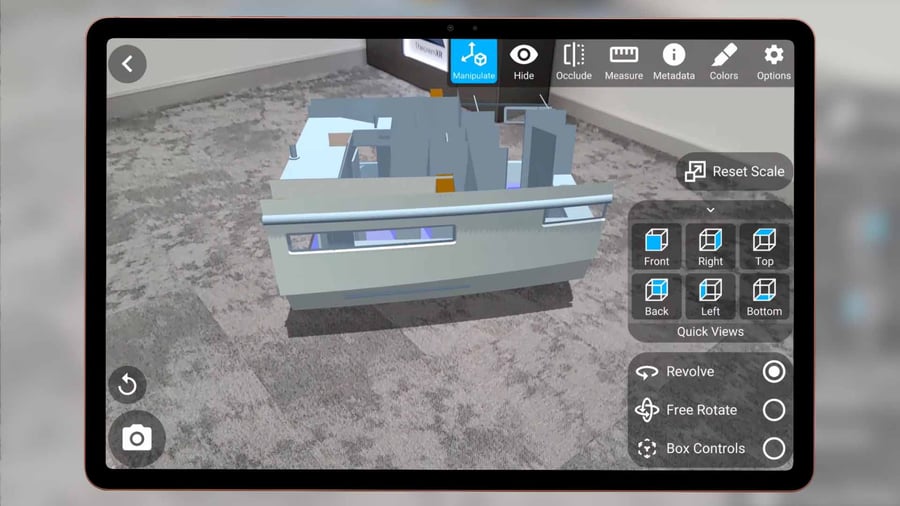
The integration of XR technology offers a multitude of benefits across various stages of the shipbuilding process, including addressing the above issues. From design reviews to manufacturing simulations, XR facilitates enhanced visualization, collaboration, and data accessibility. Let's explore some key functionalities and demonstrations of XR in shipbuilding:
Data Accessibility
- Access Designs from Anywhere: XR is a powerful tool for visualizing 3D data from any location. Giving users access to their 3D designs by making the 3D data easily available.
- Seamless Data Integration: Utilizing Theorem's XR plugin, engineers can effortlessly upload CAD models and access them across multiple devices, including HoloLens 2, VR headsets, and tablets.
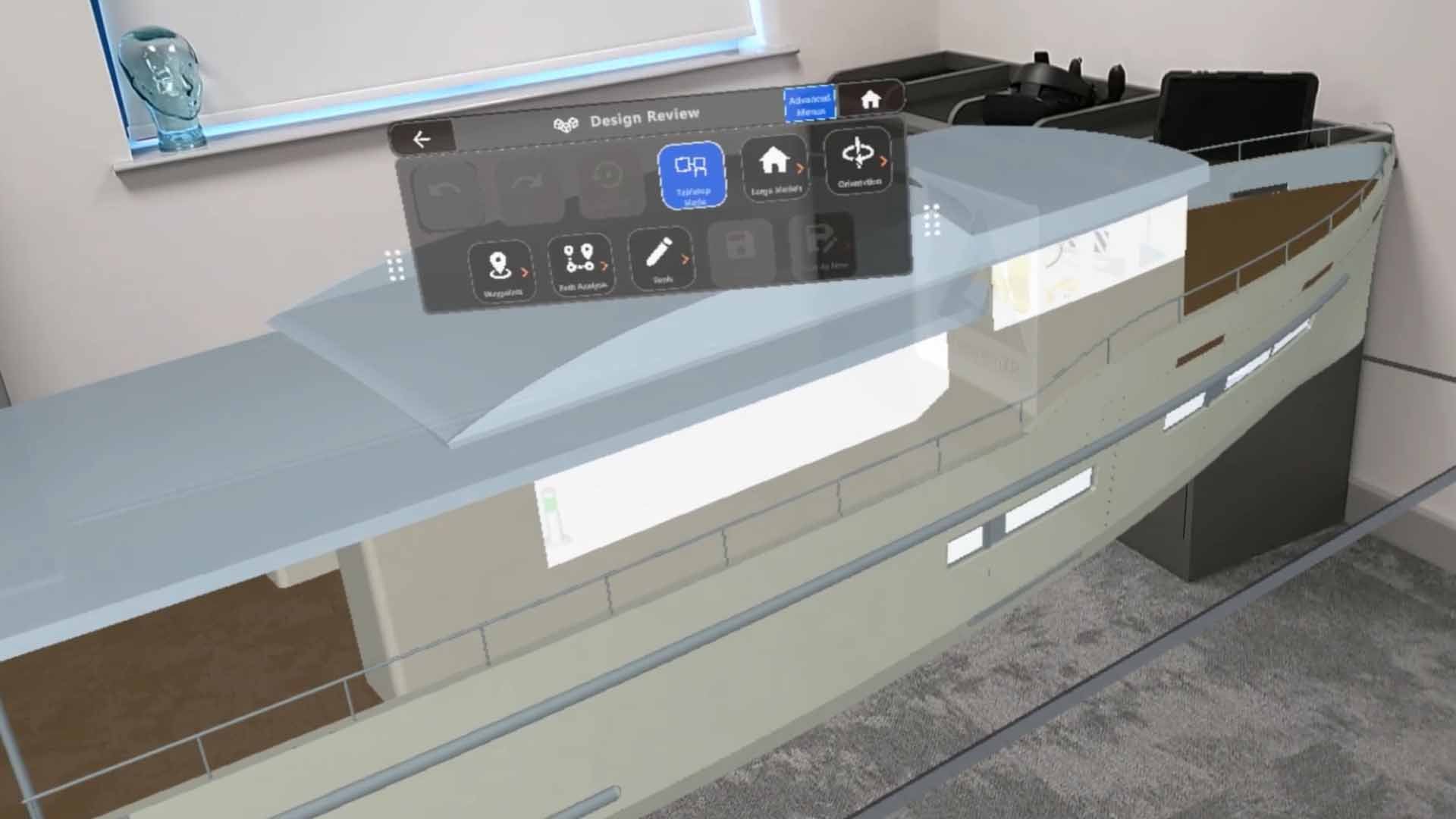
Navigation
- Orientation in Large-Scale Designs: By providing full-scale digital models, XR can help users familiarize themselves with a design early on.
- Waypoint Navigation: Predefined waypoints allow users to navigate complex ship models efficiently, exploring different compartments with ease and helping users identify locations to be worked on.
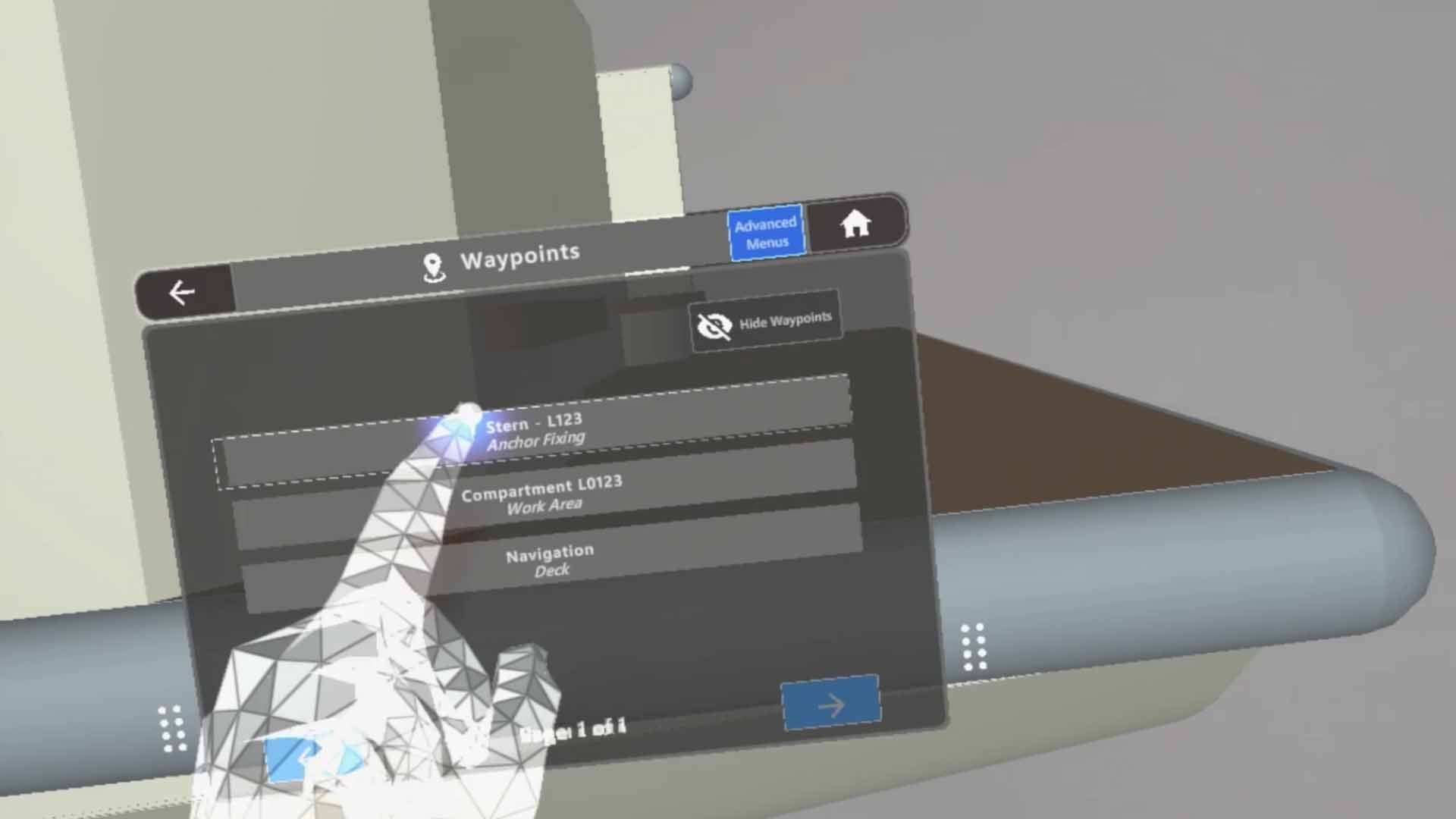
Collaborative Design Reviews
- Multi-User Collaboration: XR enables collaborative design reviews, allowing stakeholders from any location to participate in real-time discussions and decision-making processes.
- Early Feedback: XR provides an opportunity to receive informed feedback on a design early in the process. As a result, issues can be identified, and changes can be made much earlier.
- Recorded Sessions: Collaborative sessions can be saved for users who weren’t present in the session. Alongside this recording, models can be marked up during the session so that issues are noted.
Segmentation
- Data Segmentation: Uses can visualize segmented ship models in XR. Allowing focused reviews of specific compartments and enhances understanding of manufacturing processes.
- Data Access with Unique Links: Users can quickly access compartments of a model with QR codes and direct links corresponding to the segmented section. This provides seamless access to specific data, ensuring engineers have the necessary information at their fingertips.
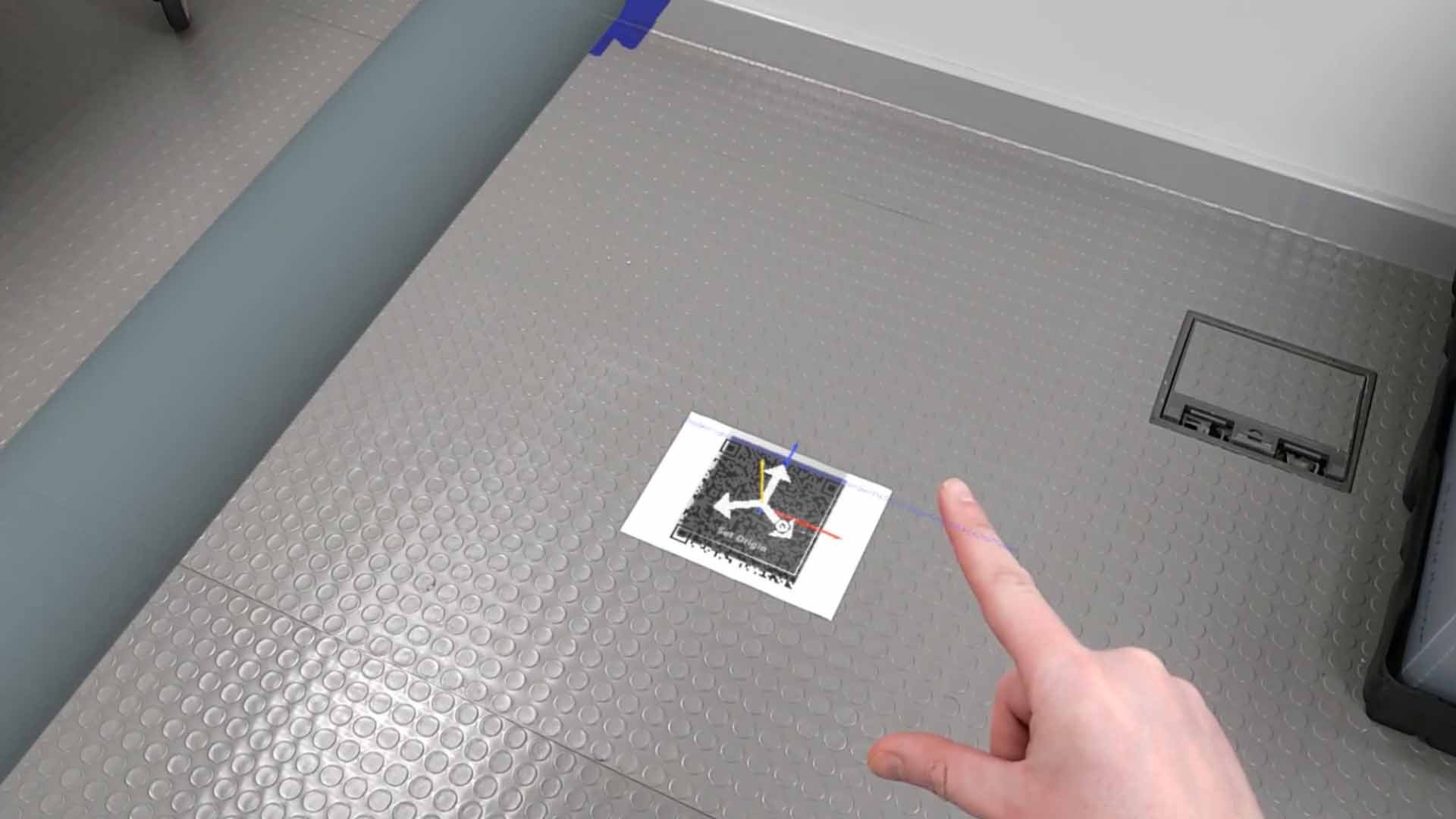
Provide Context on Site
- Load Models on Site: Users can load in models by scanning a QR code, and the data will load in based on the position of the QR code. This means that when on site users can load models in precise locations, helping provide context.
- Spatial Occlusion: Mixed Reality (MR) users can hide parts of models that are obstructed by the real world, e.g. if a model is going through a wall, this can provide an element of realism or potentially highlight design flaws that need to be reviewed.
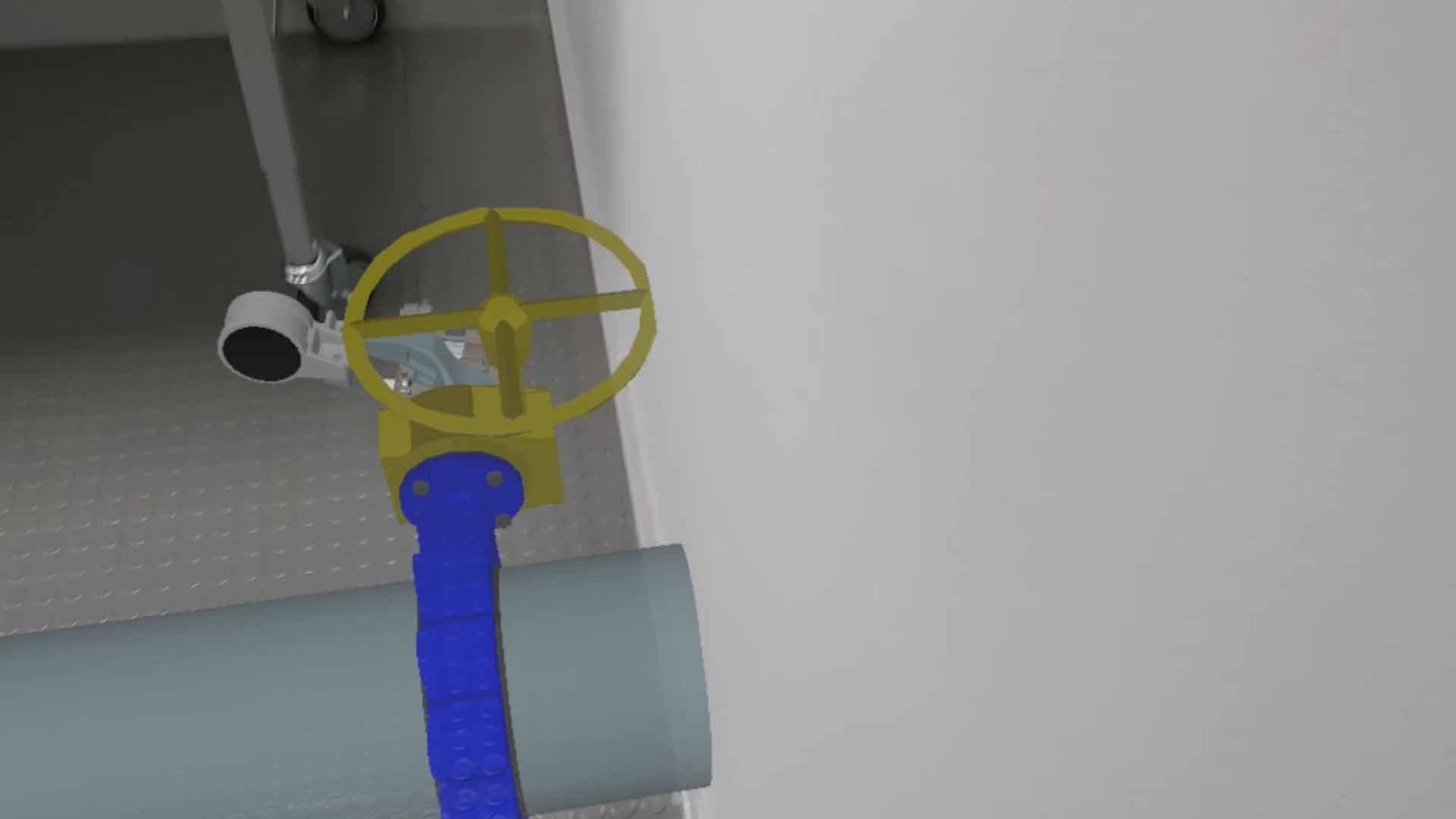
Guides
- XR Simulations: XR simulations enable ship workers to complete training in virtual environments, enhancing skill development and ensuring safety.
- Step-by-Step Guides: Users can create step-by-step instructions to be followed in XR. These guides can be used in training scenarios allowing them to get familiar with a process before getting to the physical ship, or they can provide aid in complex manufacturing processes.
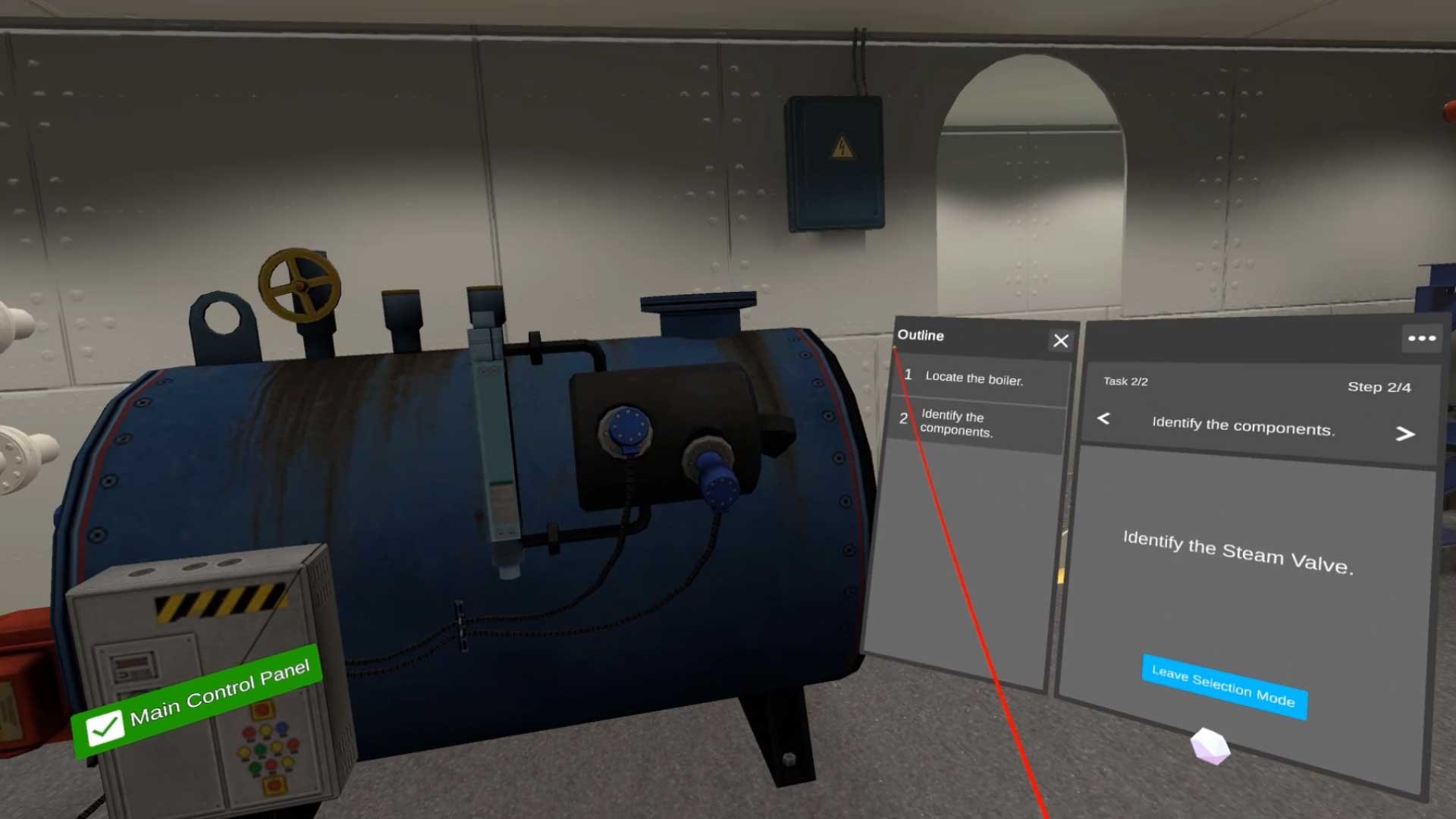
Final Thoughts
Extended Reality (XR) can allow issues to be caught and resolved earlier in the process with immersive visualization capabilities and effective collaboration. Plus, context is often an issue in shipbuilding due to the scale of designs. XR gives users a better understanding of these designs early on, while also providing focused reviews with segmentation.
The integration of XR technology in shipbuilding brings many benefits. By addressing critical industry challenges, streamlining workflows, and encouraging collaboration, XR can save time and money during many steps of the manufacturing process.
To learn more, watch the full webinar on XR for the shipbuilding industry. Alternatively, please don't hesitate to contact our team of XR specialists or request a TheoremXR demo today. You can also follow us on LinkedIn for our latest XR news and product updates.
